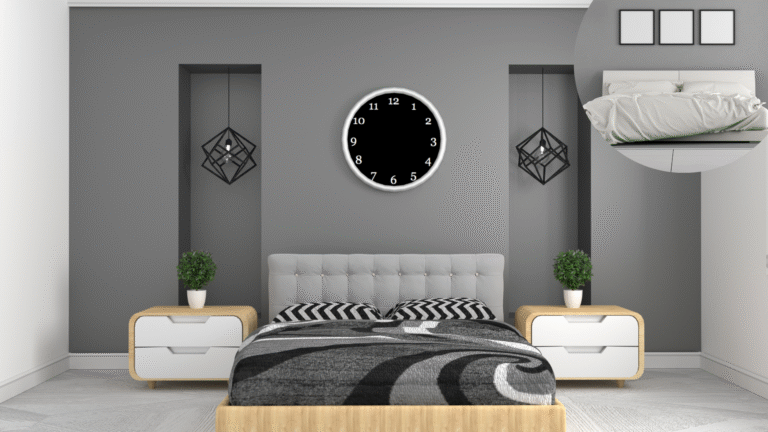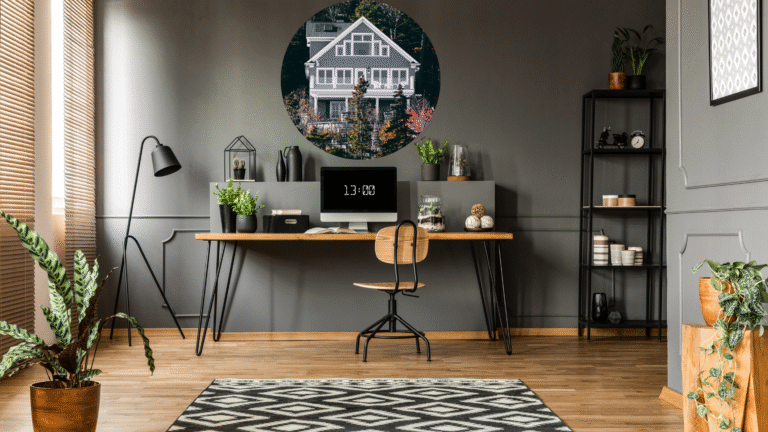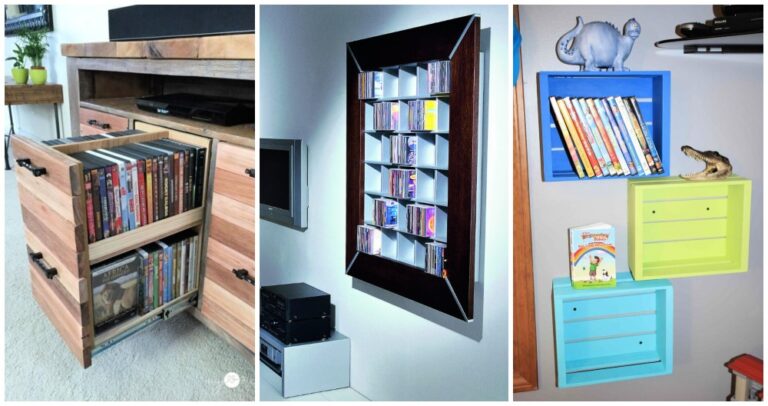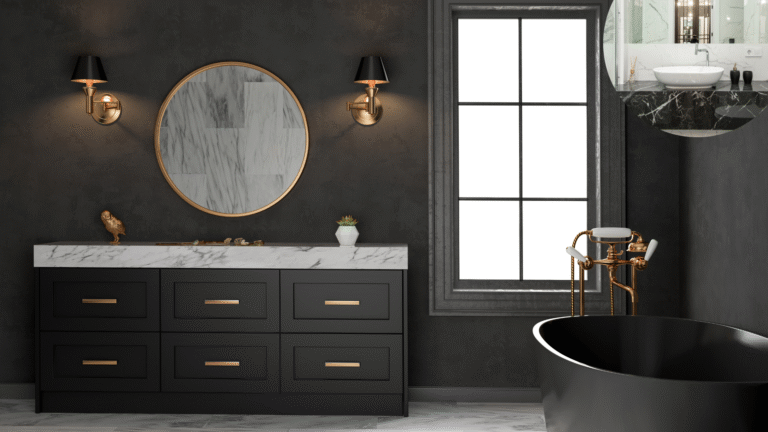How to Restore Worn Cane Furniture: A Complete UK Guide

Cane furniture, with its timeless charm and lightweight elegance, has long been a favourite in British homes, conservatories, and gardens. Whether it’s a vintage cane armchair inherited from grandparents or a high street rattan find from a few years ago, over time cane furniture can lose its lustre and strength. Luckily, restoring worn cane furniture is both possible and rewarding.
In this detailed guide, we’ll explore how to restore worn cane furniture in the UK – from cleaning and repairing to refinishing and preserving its natural beauty.
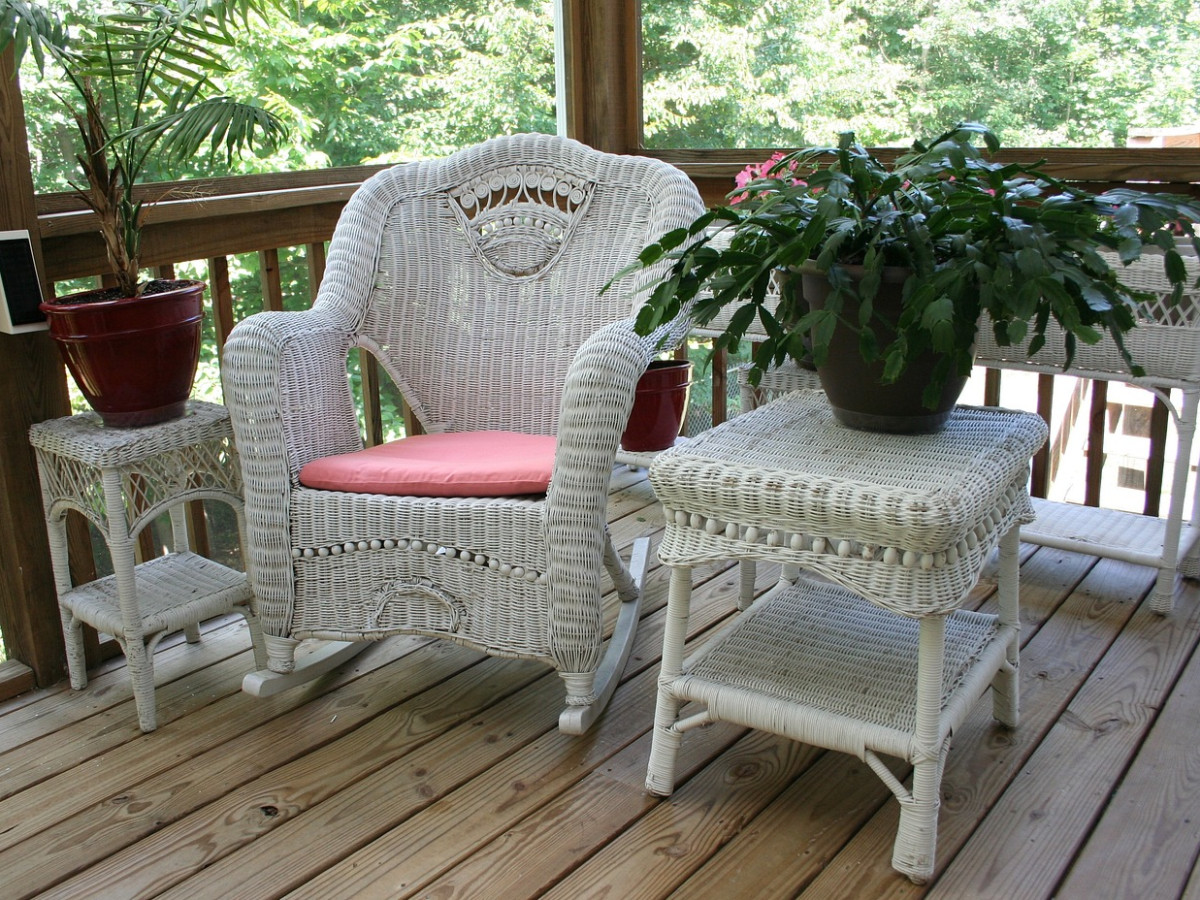
Understanding Cane Furniture
Before diving into restoration techniques, it’s helpful to understand what cane furniture actually is. Cane is derived from the outer bark of the rattan plant and is typically used for weavings such as chair backs, seats, and side panels. It’s durable yet lightweight, making it a popular material for indoor and outdoor use.
Over time, cane can become brittle, sag, or discolour due to exposure to sunlight, moisture, and regular use. Fortunately, these problems are repairable with a bit of patience and the right techniques.
Common Problems with Worn Cane Furniture
Cane furniture can deteriorate in several ways:
- Sagging cane seats or backs
- Splitting or cracked cane strips
- Faded or discoloured finish
- Loose joints or weakened frames
- Buildup of dust, grime, or mildew
Each of these issues can be addressed through proper restoration methods, and in many cases, you can restore the piece yourself at home.
Step-by-Step Guide to Restoring Cane Furniture
1. Assess the Damage
Begin by thoroughly inspecting the furniture. Check for broken cane strands, sagging sections, mould growth, or structural issues in the wooden frame. Identifying the exact problem helps determine whether a deep clean, spot repair, or full re-caning is needed.
2. Cleaning the Cane
Sometimes all your worn cane furniture needs is a deep clean to revive its natural appearance.
Materials Needed:
- Soft brush or toothbrush
- Mild soap (like washing-up liquid)
- Warm water
- Soft cloth
- Bucket
Cleaning Process:
- Mix a few drops of mild soap with warm water.
- Dip the brush into the solution and gently scrub the cane weave, focusing on dirty or mouldy areas.
- Rinse with a clean damp cloth.
- Let it dry completely in a well-ventilated area – avoid direct sunlight which can dry it too quickly and cause cracking.
Tip: Avoid soaking the cane, as too much moisture can weaken the material.
3. Tightening Sagging Cane Seats
If the cane on your seat or back is sagging but not broken, it may just need tightening.
Method:
- Lightly mist the sagging area with warm water using a spray bottle.
- Allow it to dry naturally over 24–48 hours. As it dries, the cane will contract and tighten up again.
- Do not sit on the chair while it dries.
If this doesn’t work, or if the cane is cracked, you may need to re-cane the area.
4. Repairing Broken or Split Cane
For small tears or splits in the cane, you can use wood glue or cane repair kits available from UK DIY stores like B&Q or Wickes.
Steps:
- Cut away frayed or broken strands.
- Apply wood glue to the split.
- Press the ends together and hold in place using clips until the glue dries.
- Once dry, lightly sand and touch up with matching stain or varnish.
For more extensive damage, replacing the cane webbing is often the best option.
5. Replacing Cane Webbing
If your furniture has pre-woven cane (often found in newer or mid-century pieces), you can replace the entire panel. You’ll find cane webbing supplies online from UK retailers like Rattan & Cane Direct or The Cane Shop.
Tools Needed:
- New cane webbing
- Wood glue
- Wedge or spline
- Scissors
- Chisel (to remove old spline)
- Hammer or rubber mallet
Basic Process:
- Soak the new cane webbing in warm water for 30 minutes to soften it.
- Remove the old cane and spline using a chisel.
- Fit the new webbing into the groove.
- Apply wood glue and press in the new spline.
- Tap gently with a mallet to secure.
- Trim excess cane and allow it to dry completely.
This process gives the furniture a refreshed and durable new surface.
6. Refinishing Cane Furniture
If the colour of your cane furniture has faded or the frame looks dull, refinishing can breathe new life into it.
Refinishing Tips:
- Light Sanding: Use fine-grit sandpaper to smooth out rough areas or previous coatings.
- Staining: Apply wood stain with a brush for a deeper tone, if desired.
- Varnishing: Protect the cane and frame with a clear varnish or water-based polyurethane suitable for cane furniture.
- Painting: Chalk paint or spray paint can modernise the look while still preserving the woven texture.
Choose outdoor-rated finishes if the furniture will be placed in a conservatory or garden.
Caring for Restored Cane Furniture
To ensure your efforts last, regular maintenance is key.
Do:
- Keep cane furniture in a well-ventilated, shaded area.
- Dust regularly with a soft brush or vacuum with a brush attachment.
- Use cushions to distribute weight and reduce strain on the cane.
- Occasionally mist the underside with water to maintain flexibility.
Don’t:
- Leave cane furniture in damp environments or in direct sunlight.
- Sit on the furniture if the cane is sagging or wet.
- Drag the piece – lift it carefully to protect joints.
When to Call a Professional
If your piece is antique, highly valuable, or you’re unsure about DIY repairs, consulting a furniture restorer in the UK is a wise move. Look for specialists in cane or rattan restoration who understand traditional techniques and can match period-appropriate materials.
You’ll find trusted restorers via:
- National Trust Conservation Services
- The Guild of Master Craftsmen
- Local antique furniture workshops
Where to Buy Restoration Supplies in the UK
- The Cane Shop UK – Cane webbing, binding, tools
- Rattan & Cane Direct – DIY repair kits, natural cane
- Axminster Tools – Specialist tools and finishing products
- Wickes, B&Q – Glue, sandpaper, brushes, stains

Final Thoughts
Restoring worn cane furniture can be an incredibly fulfilling project. With the right care and attention, even the most tired-looking cane chair or table can be transformed into a stunning, usable piece once again. Whether you’re reviving a family heirloom or giving a vintage market find a second life, these timeless pieces deserve a little love.
By following these steps tailored to the UK climate and available resources, you’ll ensure your cane furniture remains a beautiful and functional part of your home for years to come.




